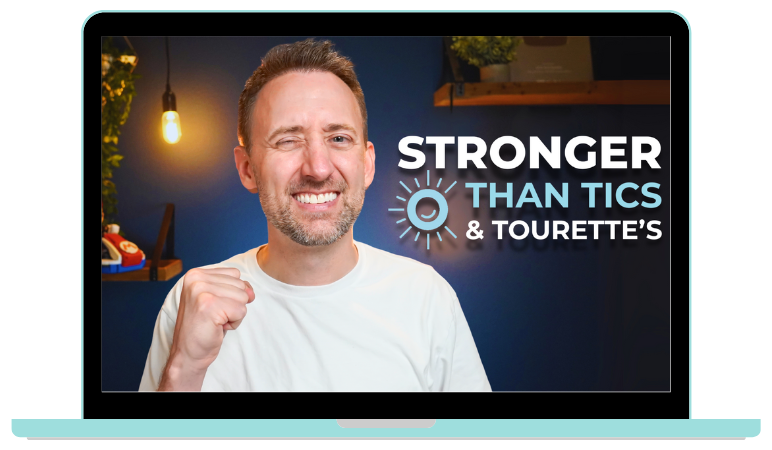Unraveling the Complexities of Transgender OCD Symptoms
Jul 29, 2024
Transgender Obsessive-Compulsive Disorder (OCD) is a specific subtype of OCD that involves persistent, intrusive thoughts related to one's gender identity. These thoughts can cause significant distress and interfere with daily functioning. Understanding the symptoms of Transgender OCD is crucial for those affected and their loved ones to seek appropriate support and treatment.
Intrusive Thoughts and Doubts
One of the hallmark symptoms of Transgender OCD is the presence of intrusive thoughts and doubts about one's gender identity. These thoughts are often unwanted and can be very distressing. Individuals may find themselves constantly questioning their gender identity, despite having no prior concerns. This continuous questioning can lead to a cycle of anxiety and obsession.
Fear of Being or Becoming Transgender
People with Transgender OCD may have a persistent fear of being or becoming transgender. This fear is not based on a genuine desire to transition but rather on an irrational concern that can dominate their thoughts. They may worry that their behaviors, thoughts, or feelings indicate that they are transgender, leading to significant anxiety.
Reassurance Seeking
In an attempt to alleviate their anxiety, individuals with Transgender OCD often seek reassurance from others. This might involve repeatedly asking friends, family, or mental health professionals for confirmation that they are not transgender. Despite receiving reassurance, the relief is usually temporary, and the doubts and fears resurface.
Compulsive Behaviors
To manage their intrusive thoughts, people with Transgender OCD often engage in compulsive behaviors. These behaviors are aimed at reducing the anxiety caused by their obsessions but can become time-consuming and disruptive.
Checking and Reviewing
A common compulsive behavior is checking and reviewing past experiences, behaviors, or feelings for evidence that supports or refutes their gender identity concerns. This might involve mentally replaying interactions, examining memories, or analyzing past actions. This constant review can lead to significant distress and interfere with daily life.
Avoidance
Avoidance is another coping mechanism for those with Transgender OCD. They may avoid situations, people, or activities that trigger their intrusive thoughts. For example, they might avoid discussing gender-related topics, refrain from watching certain media, or steer clear of places where they might encounter transgender individuals. This avoidance can limit their activities and social interactions, impacting their quality of life.
Emotional and Psychological Impact
The emotional and psychological impact of Transgender OCD can be profound. The persistent doubts and fears can lead to a range of negative emotions and mental health challenges.
Anxiety and Depression
Chronic anxiety is a common symptom of Transgender OCD. The constant worry and fear about one's gender identity can create a high level of stress. Over time, this anxiety can contribute to the development of depression, characterized by feelings of hopelessness, sadness, and a loss of interest in previously enjoyed activities.
Guilt and Shame
Feelings of guilt and shame are also prevalent among individuals with Transgender OCD. They may feel guilty for having these intrusive thoughts or for the impact their condition has on their loved ones. Shame can stem from a fear of being judged or misunderstood by others, leading to social isolation and a reluctance to seek help.
Low Self-Esteem
The persistent doubts and fears associated with Transgender OCD can erode an individual's self-esteem. They may begin to question their worth and competence, leading to feelings of inadequacy and self-doubt. This can further contribute to the cycle of anxiety and depression.
Seeking Help and Support
Recognizing the symptoms of Transgender OCD is the first step towards seeking help and support. It's important for individuals to understand that they are not alone and that effective treatment options are available.
Professional Treatment
Cognitive-behavioral therapy (CBT) is a highly effective treatment for OCD, including Transgender OCD. CBT helps individuals challenge and reframe their intrusive thoughts and develop healthier coping mechanisms. In some cases, medication may also be prescribed to help manage symptoms.
Support Networks
Building a support network is crucial for those dealing with Transgender OCD. Connecting with others who understand their experiences, whether through support groups or online communities, can provide valuable emotional support. Friends and family members can also play a key role in offering reassurance and understanding.
Conclusion
Transgender OCD is a challenging condition that can cause significant distress and disruption in the lives of those affected. By recognizing the symptoms and seeking appropriate treatment and support, individuals can manage their condition and improve their quality of life. If you or someone you know is struggling with Transgender OCD, reaching out for professional help is an important step towards recovery.
















